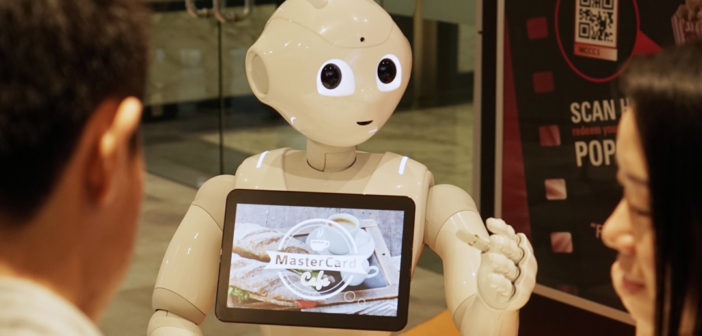Design iterations will drive demand for consumer-grade robots and ensure revenue stream
Consumer-grade robots have much potential beyond trivial tasks in users’ home. A recent study from the User Experience Strategies (UXS) service at Strategy Analytics investigating the needs, behaviours and expectations of consumers regarding consumer-grade robots, has found broader ranges of movement, addition of features such as arms and hands and modular elements to enhance task flexibility, will allow robots to become true assistants in users’ lives.
Tasks that can be accomplished with arms and hands are more desirable to users because they are usually more time intensive than tasks such as vacuuming and mowing. Broader ranges of movement are idealised because they provide robots with new ways to go about their tasks. Robots on wheels are perceived to be quick and thus suitable for security and cleaning devices; bipedal robots can traverse obstacles; while robots that fly can assist users by providing aerial perspectives.
Wearable robots would allow consumers to excel at tasks that would be otherwise impossible for them to do, such as intense physical labour. They attach to the user directly, augmenting their ability to do strenuous tasks such as heavy lifting.
At times when it is inconvenient or impossible to venture out and retrieve things such as groceries, robots designed for retrieval can be deployed instead. ‘Last Mile Retrieval’ can be utilised by a user’s robot to collect important items from a designated or sponsored location.
“Robots designed to perform just one task will gradually become obsolete as a user’s requirements change. Robots that are modular can be equipped with the latest accessories to expand their functionality, increasing their longevity and adaptability,” commented Mathew Alton, analyst and report author. “In addition, robots that have the ability to ‘learn’ unpredictable tasks through artificial intelligence (AI) would also be able to adapt to a user’s changing requirements.”
Chris Schreiner, director of syndicated research, UXIP, added: “A robot that can be physically altered to perform a myriad of different tasks will be easier to sell than one that does only one predictable task. A functioning ‘base’ robot would encourage an ecosystem of add-ons and accessories, providing a revenue source over time.”





